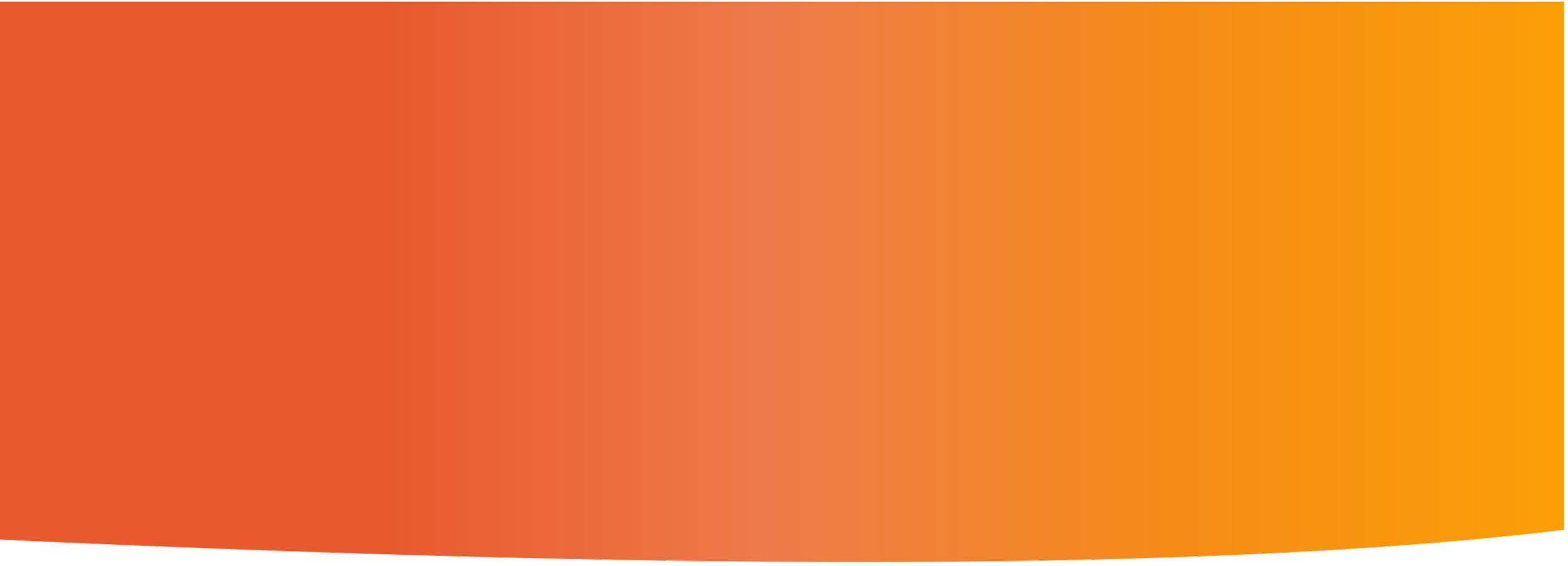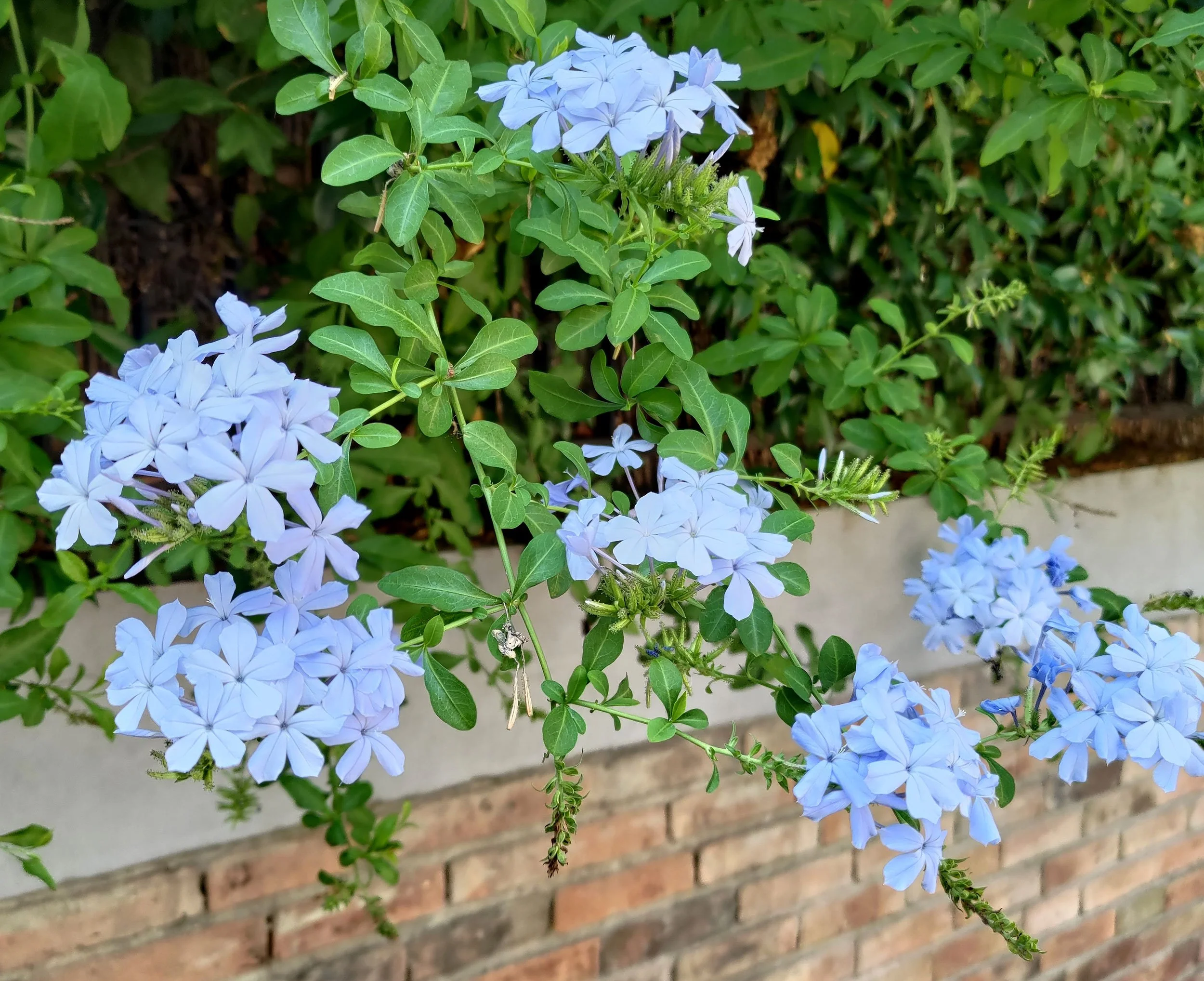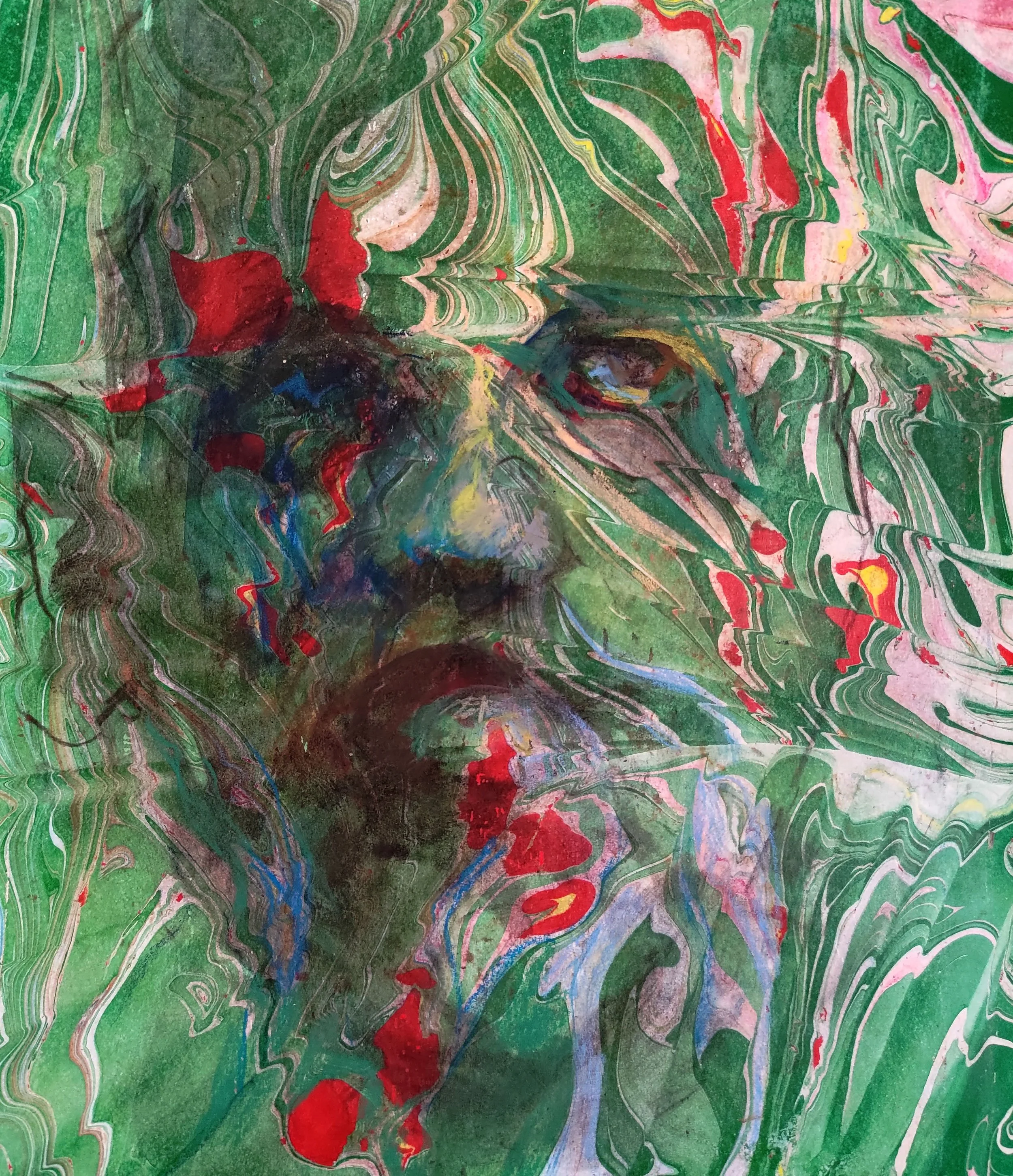
Stories
Insights & Ideas
We’re always learning and expanding our thinking.
How Creativity Blooms – the Hidden Power of Everyday Environments
In any kind of caregiving – whether for plants or our own creative selves – it is the cumulative effects of the environments experienced day in and out that impact us most. Good intentions are fine but having environments that support the creative process is what allows our creativity to blossom. What does creativity need and how can we create an environment that helps meet those needs?
Swimming in Uncomfortable Waters
Uncertainty brings its own kind of mental pain. And the temptation to avoid it – even when it is part of learning and discovery – can be hard to resist. Whether we cling to familiar shores out of a sense of self-preservation, love, or entitlement, we often end up limiting our own opportunities for learning, discovery, and personal growth. How can we change our environments or our own mindsets to support us while we swim in deeper waters?
The Magic of Being On The Edge
The pleasurable state of mind between the known and the unknown, between familiarity and exploration, is where creativity flourishes and discoveries are made. How can you cultivate this state of mind and what can it do for you?
What’s Fun Got To Do With It?
I create art because I love exploring materials, techniques, and ideas. I create to help make sense of my thoughts and emotions. I create as a way to communicate ideas. These drives are not unique to me. In fact, they reflect fundamental human needs. Being sensitive to these needs can have a profound effect on well-being – whether in our organizations or ourselves.
A Call For Rational Inattention
In a world designed to capture our attention through ever more sophisticated means, perhaps the most revolutionary thing we can do is to decide for ourselves, with intention and care, what to pay attention to and what to ignore. A rational inattention approach can help us do just that.
KonMari Your Mental Space
My brain is so overloaded these days that it’s affecting my creative work. It’s time for a mental spring cleaning! Over the past week, I’ve been using the KonMari method to tidy up my mind and close out the open cognitive loops of mental clutter.
The Science of Restorative Breaks
Have you ever considered that your attention is as valuable a resource as your time? And just like the number of hours in a day, your capacity to pay attention is limited. In this article, we’ll explore why our brains get tired and how the power of nature can reboot them effectively.
Micro-Breaks for the Busiest of Times
What is a "micro-break"? While the best way to restore your attention is to spend time in nature (and avoid looking at screens), we know that isn’t always possible. This post offers some simple micro-break ideas that may give your mind some relief throughout the day.
Supporting Mental Bandwidth: Break Culture in Workplaces
We all start the day with limited resources. When it comes to work, those resources include our time, our energy, and our attention. And, despite what “hustle culture” tells us, there’s a limit to how much we can accomplish each day.
This post explores what it means to “take a break,” and how we can foster work environments that support them.
From Planning Routes to Planning Cities: SEE Can Help
“There is an innovative dialogue between urban planning and the SEE framework, prompted by their orbit around a common inquisitive core: How can we leverage our environmental surroundings to bring about the best version of our society, our communities, and ourselves?”
SEEing our Way to Solar: Using Supportive Environments for Effectiveness (SEE) in Program Analysis
“Incorporating Supportive Environments for Effectiveness (SEE) in program analysis is a great way to understand a program’s success, as well as potential areas for improvement. This past summer, I had the privilege of working with Julie Roth from the City of Ann Arbor to take a closer look at what is making the Solarize program so successful in the Ann Arbor area…”
Helping Yourself
“As managers of humans, I hope that taking care of ourself is seen as an expectation, not a suggestion. The belief of always needing to do everything and be ‘on’ all the time slowly wears on us and can deplete our drive to achieve goals that we’re passionate about.” Kayla Paulson of UWECI describes the transformation that learning SEE helped her make as she approached her work as a Points of Light Affiliate grantee.












